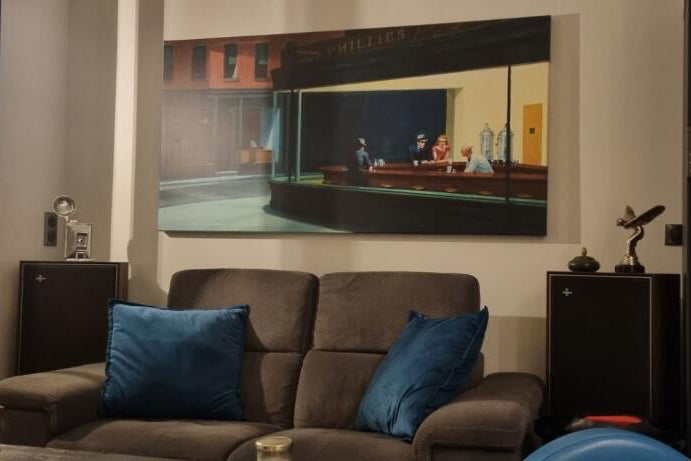Art print | Augusta Maria 1649-1728 Princess of Holstein-Gottorp - Jürgen Ovens


View from behind

Frame (optional)
Augusta Maria 1649-1728 Princess of Holstein-Gottorp Art print by Jürgen Ovens – Captivating introduction
In the panorama of baroque art, the work "Augusta Maria 1649-1728 Princess of Holstein-Gottorp" by Jürgen Ovens stands out for its ability to capture the very essence of its subject. This painting, depicting Princess Augusta Maria, is much more than a simple portrait: it embodies a moment in European history, an era marked by magnificence and refinement. The delicacy of the princess's features, combined with the richness of the colors, transports the viewer into a universe where nobility and power blend with artistic beauty. Through this piece, Ovens invites us to contemplate the dignity and charm of royalty, while revealing the subtleties of court life.
Style and uniqueness of the work
Jürgen Ovens's style is characterized by meticulous attention to detail and remarkable mastery of nuances. In the portrait of Augusta Maria, each element is carefully designed to create visual harmony. The sumptuous drapery of her gown, the softness of pastel colors, and the subtle light illuminating her face all testify to refined pictorial technique. Ovens manages to evoke an atmosphere that is both intimate and majestic, where one can almost feel the presence of the princess. The composition, balanced and elegant, highlights the stature of his model while incorporating symbolic elements that reinforce her royal status. This portrait does not merely depict a historical figure; it tells a story, that of an influential woman at a time when political alliances and strategic marriages shaped Europe.
The artist and his influence
Jürgen Ovens, a Danish-born artist, made a name for himself in the world of painting in the 17th century. Trained in baroque traditions, he was influenced by masters such as Rembrandt and Rubens, whose works profoundly marked his style. Ovens combined the grandeur of royal portraits with personal sensitivity, which allowed him to stand out in an artistic field where competition was fierce. His work had a significant impact on his contemporaries and a

Matte finish

View from behind

Frame (optional)
Augusta Maria 1649-1728 Princess of Holstein-Gottorp Art print by Jürgen Ovens – Captivating introduction
In the panorama of baroque art, the work "Augusta Maria 1649-1728 Princess of Holstein-Gottorp" by Jürgen Ovens stands out for its ability to capture the very essence of its subject. This painting, depicting Princess Augusta Maria, is much more than a simple portrait: it embodies a moment in European history, an era marked by magnificence and refinement. The delicacy of the princess's features, combined with the richness of the colors, transports the viewer into a universe where nobility and power blend with artistic beauty. Through this piece, Ovens invites us to contemplate the dignity and charm of royalty, while revealing the subtleties of court life.
Style and uniqueness of the work
Jürgen Ovens's style is characterized by meticulous attention to detail and remarkable mastery of nuances. In the portrait of Augusta Maria, each element is carefully designed to create visual harmony. The sumptuous drapery of her gown, the softness of pastel colors, and the subtle light illuminating her face all testify to refined pictorial technique. Ovens manages to evoke an atmosphere that is both intimate and majestic, where one can almost feel the presence of the princess. The composition, balanced and elegant, highlights the stature of his model while incorporating symbolic elements that reinforce her royal status. This portrait does not merely depict a historical figure; it tells a story, that of an influential woman at a time when political alliances and strategic marriages shaped Europe.
The artist and his influence
Jürgen Ovens, a Danish-born artist, made a name for himself in the world of painting in the 17th century. Trained in baroque traditions, he was influenced by masters such as Rembrandt and Rubens, whose works profoundly marked his style. Ovens combined the grandeur of royal portraits with personal sensitivity, which allowed him to stand out in an artistic field where competition was fierce. His work had a significant impact on his contemporaries and a










